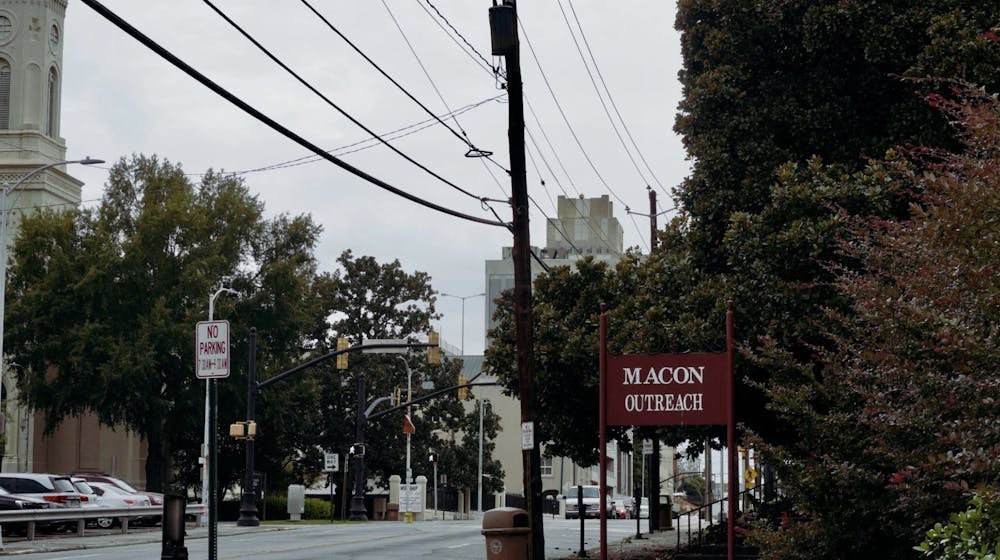In times of need, aid is typically handled by governmental systems, but what happens when these systems fail us? People turn to their community.
Mutual aid is a way in which members of the community come together to meet each other’s needs. Think of it as a practice of filling in the gaps that larger systems refuse or are unable to do. Because it involves regular people, it makes aid more personal rather than transactional.
In Macon, a network of mutual aid groups has developed over the years to address the metropolitan’s inequalities. Associations like Macon Community Fridge, Centenary Community Ministries (CCMI) and Macon Outreach are prominent, local groups that devote efforts to fighting food insecurity, homelessness and lack of accommodation.
“There is only so much social welfare policies can do,” Nanette Matthews, co-founder of Macon’s Community Fridge, said.
Matthews, a part-time graduate student and yoga instructor, and their partner discovered the high amount of food insecurity present within the city and decided to assemble a community fridge. All of its foods and donations are provided from the local Macon area.
Macon Community Fridge, currently hosted by the Steward Chapel, is an outdoor fridge opened 24/7. Anyone from the local area is able to contribute as long as the guidelines for donations, which are posted outside the fridge, are met. Every day, a group of volunteers is assigned to check on the fridge’s cleanliness and donations, all of which is community-sustained.
“We have to take care of each other, and I think that with the pandemic, we have really seen how much community can make a difference," Matthews said.
With the ongoing pandemic, the lack of social services and welfare programs has become more apparent. This especially leaves marginalized communities even more vulnerable than they initially were.
“Collaboration and partnership is a vital way that CCMI works toward its mission of developing sustainable communities,” a representative of CCMI said.
These qualities truly put into perspective how mutual aid groups are able to achieve their goals and develop their organizational identity within their communities. However, without consistent collaboration and funding, many mutual aid groups also are left vulnerable.
Mutual aid groups are not created to fulfill the seasonal volunteer hours of individuals. They are created to fulfill the needs of the community, and the only way that it can continue to exist is if there is continuous unity and support.
To get involved with any of these groups, reach out by visiting their websites or social media profiles.





